Proper equipment organization is crucial for both efficiency and safety in IT infrastructure and data centers. The relay rack is one essential piece of hardware used to organize and mount critical components like servers, switches, routers, and other networking equipment. Relay racks are often seen in data centers, telecom rooms, and network closets, which are the backbone of well-organized IT environments.
In this blog post, we will explore what a relay rack is, how it is used, and why it is an important part of modern data center infrastructure.
What is a Relay Rack?
A relay rack is a standardized metal frame used to mount and organize various IT and telecommunications equipment. It provides an open, vertical framework where equipment can be mounted securely, allowing for efficient organization and cable management in environments that handle networking or telecommunications hardware.
Relay racks are typically made of durable steel or aluminum and come in various heights and widths, but most adhere to standardized dimensions to accommodate the majority of networking and IT equipment.
While relay racks are commonly used in data centers and telecom environments, they can also be found in offices, labs, and other IT-heavy environments where the proper organization of equipment is needed.
Features of a Relay Rack
Relay racks are designed with several features to meet the specific needs of data centers and telecommunications environments. Key features of a typical relay rack include:
1. Standardized Dimensions
Relay racks adhere to industry standards for size, making them compatible with most IT and telecom equipment. The standard width of a relay rack is 19 inches, typically measured in rack units (U), where 1U equals 1.75 inches in height. Common rack heights include 42U and 45U, although smaller or larger sizes are available depending on the use case.
2. Open Frame Design
One defining feature of a relay rack is its open frame design, which differs from the enclosed nature of server cabinets. This design provides excellent airflow around the mounted equipment, essential for cooling and preventing overheating. It also allows for easy access to the equipment for installation, maintenance, or upgrades.
3. Mounting Rails
Relay racks come equipped with vertical mounting rails with pre-drilled holes or threaded slots to accommodate standard rack-mounted equipment. These rails make it easy to securely attach servers, switches, power distribution units (PDUs), and other devices.
4. Cable Management
Relay racks are often designed to support efficient cable management. Many racks feature built-in cable routing systems or cable management arms to keep cables neatly organized and accessible, reducing clutter and improving airflow. This organization also simplifies troubleshooting and equipment swaps.
5. Lightweight and Cost-Effective
Compared to full server cabinets or enclosed racks, relay racks are typically lightweight and more affordable. Their minimalist design makes them a popular choice for environments that require easy access to equipment and do not need full enclosure protection.
Types of Relay Racks
There are several variations of relay racks available, each suited to specific needs in different environments. Below are the most common types:
 1. Two-Post Relay Rack
1. Two-Post Relay Rack
The two-post relay rack is the most basic and commonly used type. It has two vertical posts, or rails, to which equipment is mounted. This type of rack is ideal for lightweight equipment such as network switches, routers, and patch panels. It is often found in telecommunications rooms or small network closets.
Features:
- Simplicity: Minimalist design, providing an easy and cost-effective solution.
- Space-Saving: Two-post racks take up less space, making them ideal for environments where space is limited.
- Easy Access: With an open frame, it allows for easy access to the front and rear of the equipment for maintenance.
2. Four-Post Relay Rack

Features:
- Increased Stability: The four-post design provides a more secure structure, making it suitable for heavier, bulkier equipment.
- Greater Load Capacity: Four-post racks can support a larger weight load compared to two-post racks.
- Versatility: They can be used for both networking and server equipment, providing more flexibility in various environments.
 3. Wall-Mount Relay Rack
3. Wall-Mount Relay Rack
The wall-mount relay rack is a smaller, more compact version of the traditional relay rack. As the name suggests, this type of rack can be mounted directly to a wall, making it perfect for small spaces where floor-standing racks would be impractical. Wall-mount racks are ideal for lightweight equipment such as patch panels and network switches.
Features:
- Space-Efficient: Perfect for small rooms, closets, or offices where space is a constraint.
- Cost-Effective: Wall-mount racks are often more affordable due to their smaller size and simpler design.
- Easy Installation: Simple to install on any flat surface, providing quick access to mounted equipment.
Benefits of Using a Relay Rack
Relay racks offer a wide range of benefits that make them a popular choice for IT professionals managing network and telecommunications environments. Some key advantages include:
1. Efficient Use of Space
Relay racks provide a vertical mounting solution, allowing IT professionals to maximize the use of floor space. By stacking equipment in an organized manner, data centers and telecom rooms can house more devices in a smaller footprint.
2. Improved Airflow and Cooling
Thanks to their open frame design, relay racks promote better airflow around equipment, which helps in dissipating heat. Proper cooling is essential for maintaining the longevity and performance of servers and networking gear. The open structure allows for natural air circulation, reducing the need for additional cooling systems.
3. Ease of Access and Maintenance
Because relay racks are open and do not have side or front panels, technicians can easily access equipment for installation, maintenance, or troubleshooting. This ease of access is particularly useful when equipment needs to be swapped out quickly or cables need to be adjusted.
4. Cost-Effectiveness
Compared to enclosed server cabinets, relay racks are generally more affordable, making them a cost-effective solution for smaller installations, startups, or budget-conscious organizations. The minimalist design also makes them lighter and easier to transport and install.
5. Scalability
Relay racks allow for the easy addition of new equipment as your network grows. Equipment can be mounted or removed without significant rearrangement, providing flexibility for expanding your IT infrastructure.
Use Cases for Relay Racks
Relay racks are widely used across a variety of industries and environments due to their versatility and functionality. Common use cases include:
- Telecommunications Rooms: In telecom environments, relay racks are used to mount networking equipment like patch panels, routers, and switches.
- Data Centers: Data centers use relay racks to organize and secure servers, networking hardware, and storage devices in an accessible and efficient manner.
- Network Closets: In smaller office environments, network closets often use two-post or wall-mount relay racks to house essential networking gear in a compact space.
- Broadcast Studios: Relay racks are also common in broadcast studios to mount audio and video equipment.
Conclusion
Relay racks are an essential tool in organizing, securing, and managing IT and telecommunications equipment in data centers, network closets, and other technical environments. Whether you’re managing a small network room or a large-scale data center, relay racks offer a space-efficient, cost-effective, and flexible solution for mounting your equipment.
By choosing the right type of relay rack—whether it’s a two-post, four-post, or wall-mount option—you can ensure that your equipment is well-organized, easily accessible, and properly ventilated, leading to improved performance and easier management of your IT infrastructure.

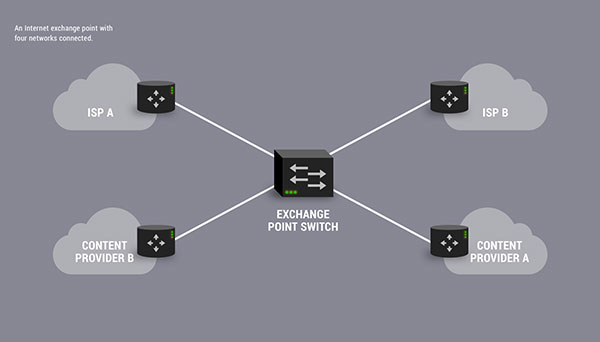
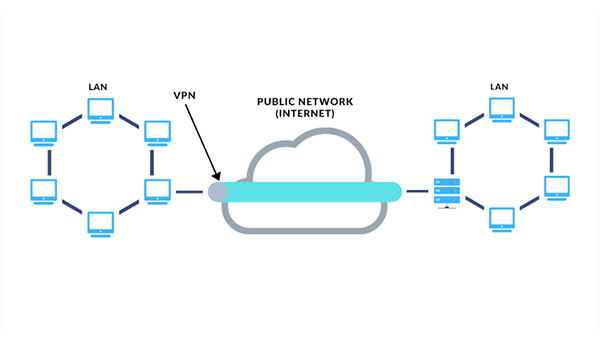
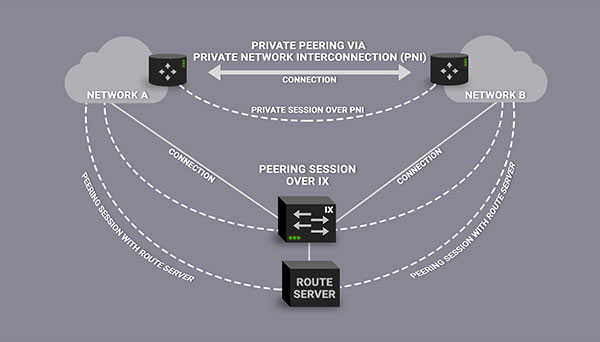
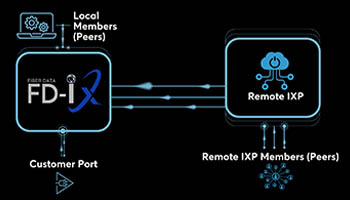


















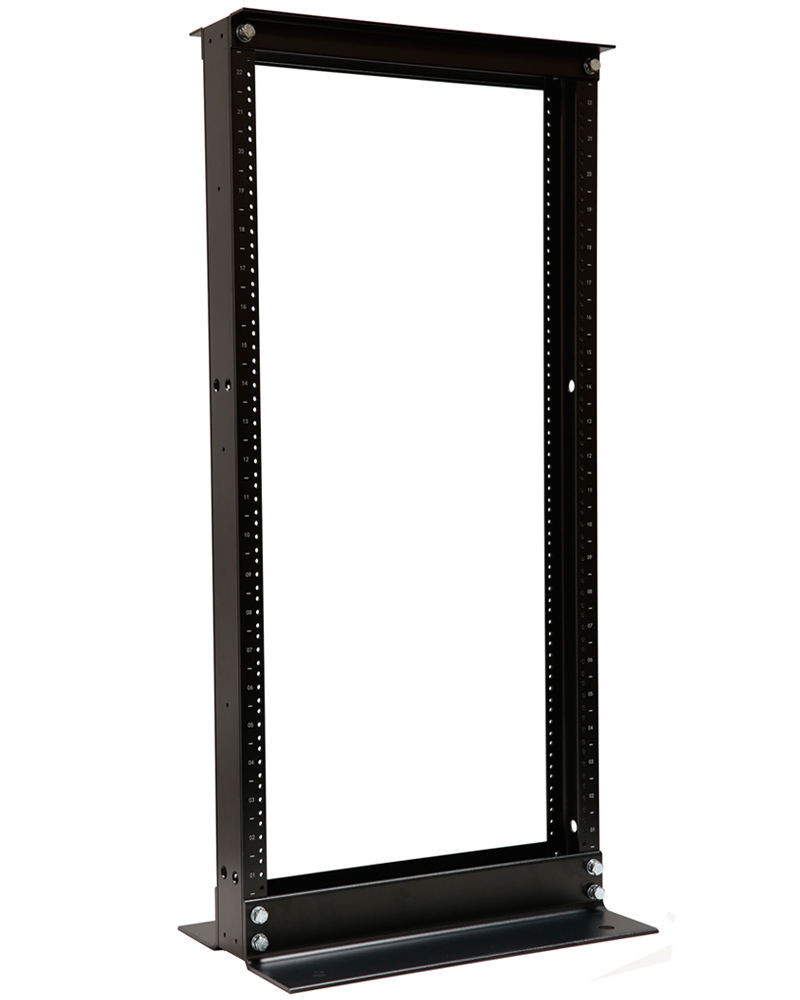
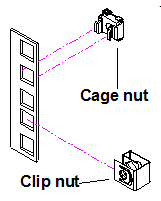
 1. Two-Post Relay Rack
1. Two-Post Relay Rack 3. Wall-Mount Relay Rack
3. Wall-Mount Relay Rack